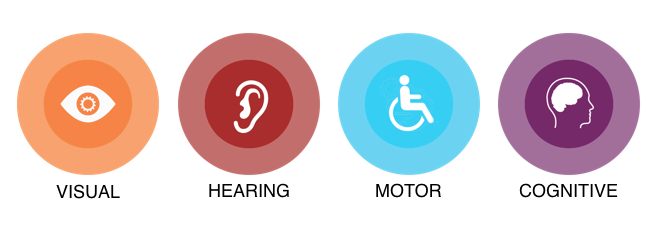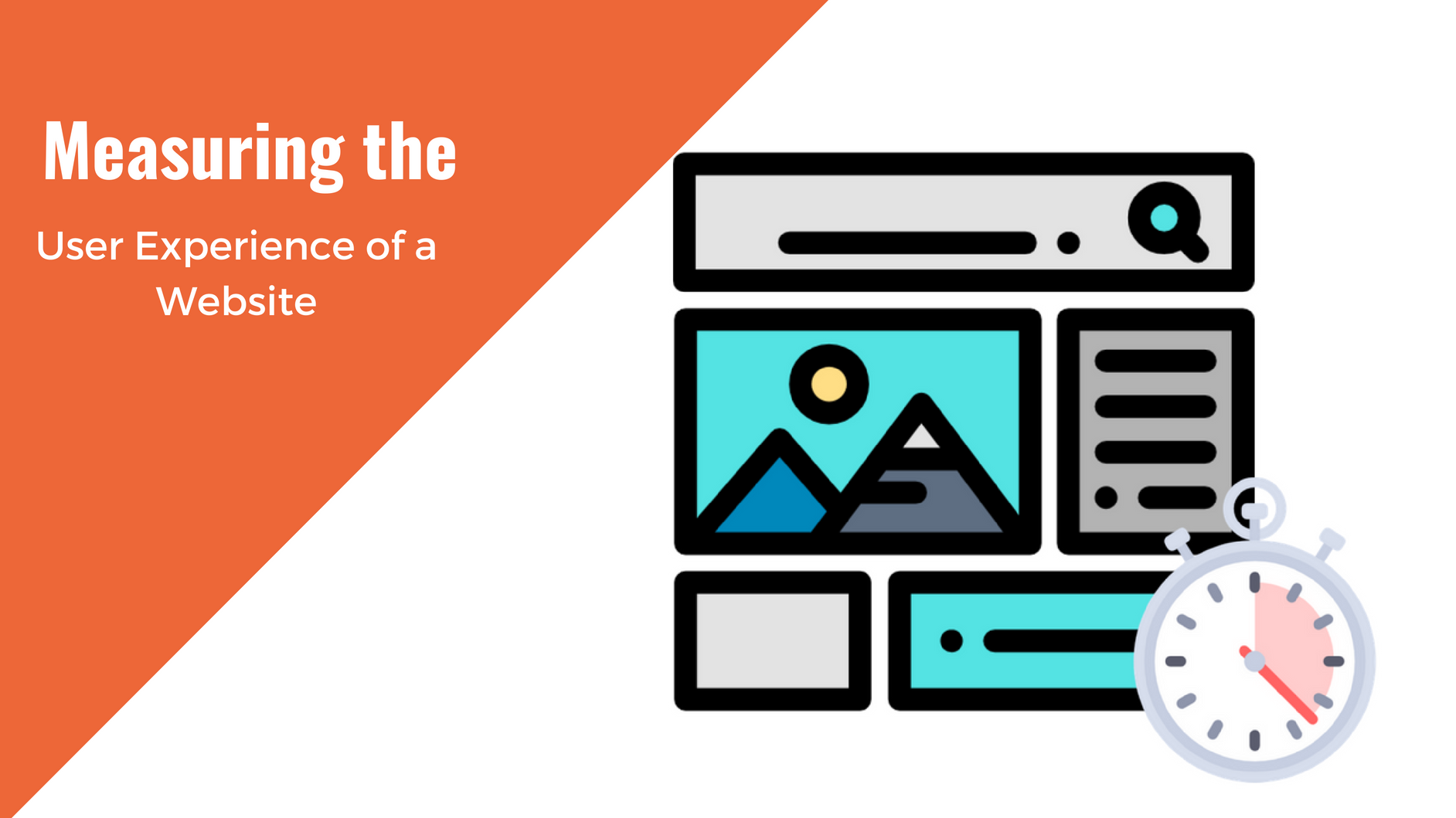Are you reaching all of your potential clients?
March is Disability Awareness Month. In honor of this year’s Disability Awareness Month, we put together a list of tips and tricks for creating an accessible website.
According to the World Health Organization, approximately 15% of the world’s population has a disability. In the US 1 in 5 have a disability*.

Disabilities range from visual, hearing, motor, and cognitive impairments. It is important for businesses to not exclude potential clients due to an inadequate website accessibility platform. Many factors go into accessibility, including social, technical, financial and legal factors.
 #1: Do create a plan with your team and vendors
#1: Do create a plan with your team and vendors
When planning & creating your website, keep accessibility in mind. It is vital to success to have testers with disabilities testing your site and providing feedback.
WCAG 2.0, the most current Web Content Accessibility Guidelines (WCAG), provides criteria for building and maintaining an accessible website.
Their 4 guiding principles can help your team plan an easily accessible website for all potential clients or consumers:
- Content is perceivable in multiple ways
- Audio content is captioned for those that cannot perceive the audio through hearing alone
- Text alternatives are provided for non-tent content
- Content is operable by multiple means
- All functionality is availabe through the keyboard only
- Users can navigate and find information easily
- Content is understandable
- Text is readable and understandable
- Content appears and is operable in predictable ways
- Offerings are robust across multiple platforms
- Site interacts with standard mobile devices and assistive technologies
#2: Do follow best practices
- Add alternative text (alt text) for all images
- Include transcripts for video and audio content (cc)
- Use images or headlines that do not blink or flash
- Have content written as clearly and simply as possible to reach standard accessibility reading levels
- Construct clear and logical design
- Keep in mind “fat-fingers” for mobile users
#3: Do have a business case for making your site accessible
Why is it important to make your site accessible from a business standpoint? Your organization’s website is an essential communication tool, providing information and interaction with potential clients. The term “digital divide” is often used to refer to the economic and social barriers associated with computer usage for people without disabilities. However, many people with disabilities are affected by the same economic and social factors, including very low rates of employment and low income.
Making the web work well for the elderly, disabled individuals, and multi-language users is becoming an increasingly important social factor. Without developing an accessible website, you may be ignoring up to 20% of the audience!
Furthermore, if your organization receives Federal funding, you are required by law to create an accessible website.
For helpful tools that you can use to check your site, download AmDee’s accessibility toolkit.
Ready to download the AmDee Accessibility Toolkit?
Click Here
Have additional tips for someone creating an accessible website? Tweet @AmDeeLLC and let us know!
*Source: Americans with Disabilities
You May Also Like

Having a website is an absolute necessity for any business. Gone are the days when you could simply update your website once and forget about it for months on end. In today’s ever-changing digital landscape it is important to constantly track and measure how well your website performs, as well…
read more >
Thomas Bertram (T. Bert) Lance famously said, "If it ain't broke, don't fix it." Unfortunately, T. Bert Lance couldn’t foresee the future. He didn’t know that over 94% of Americans would be on the internet by 2024. If your website doesn't receive periodic updates or isn't accessible, users can become…
read more >

